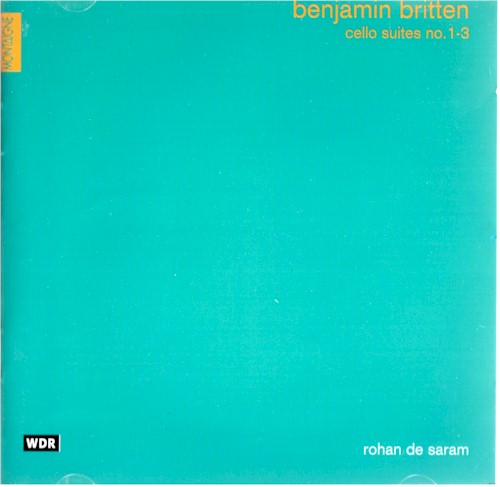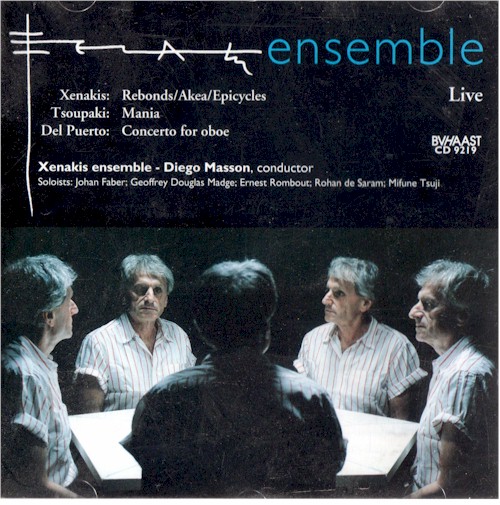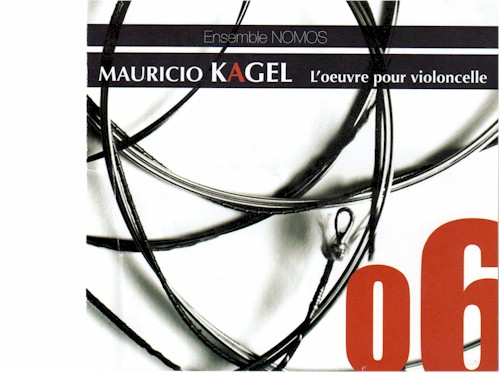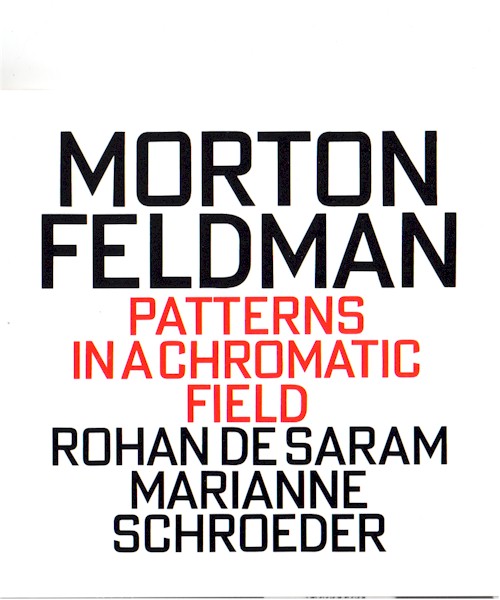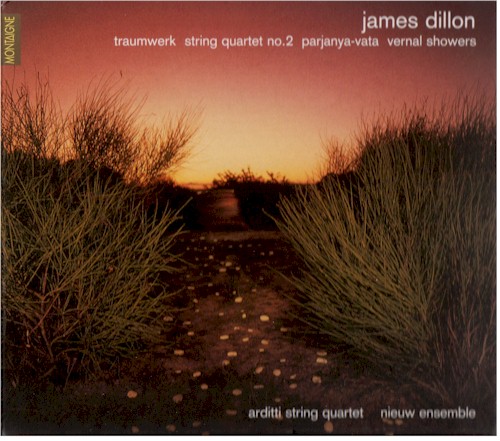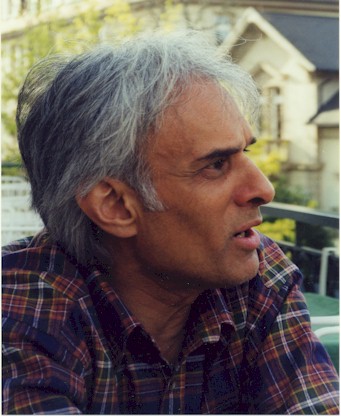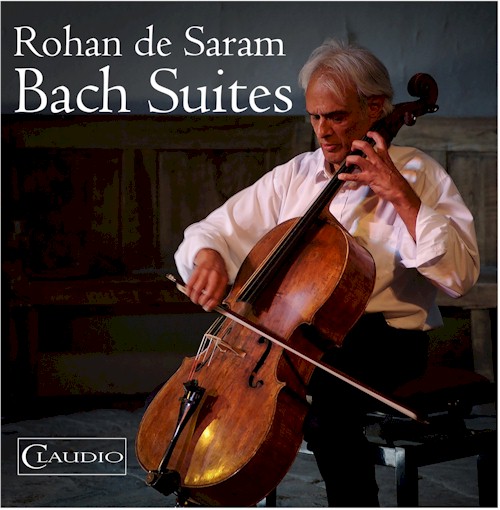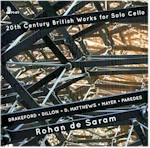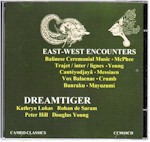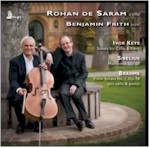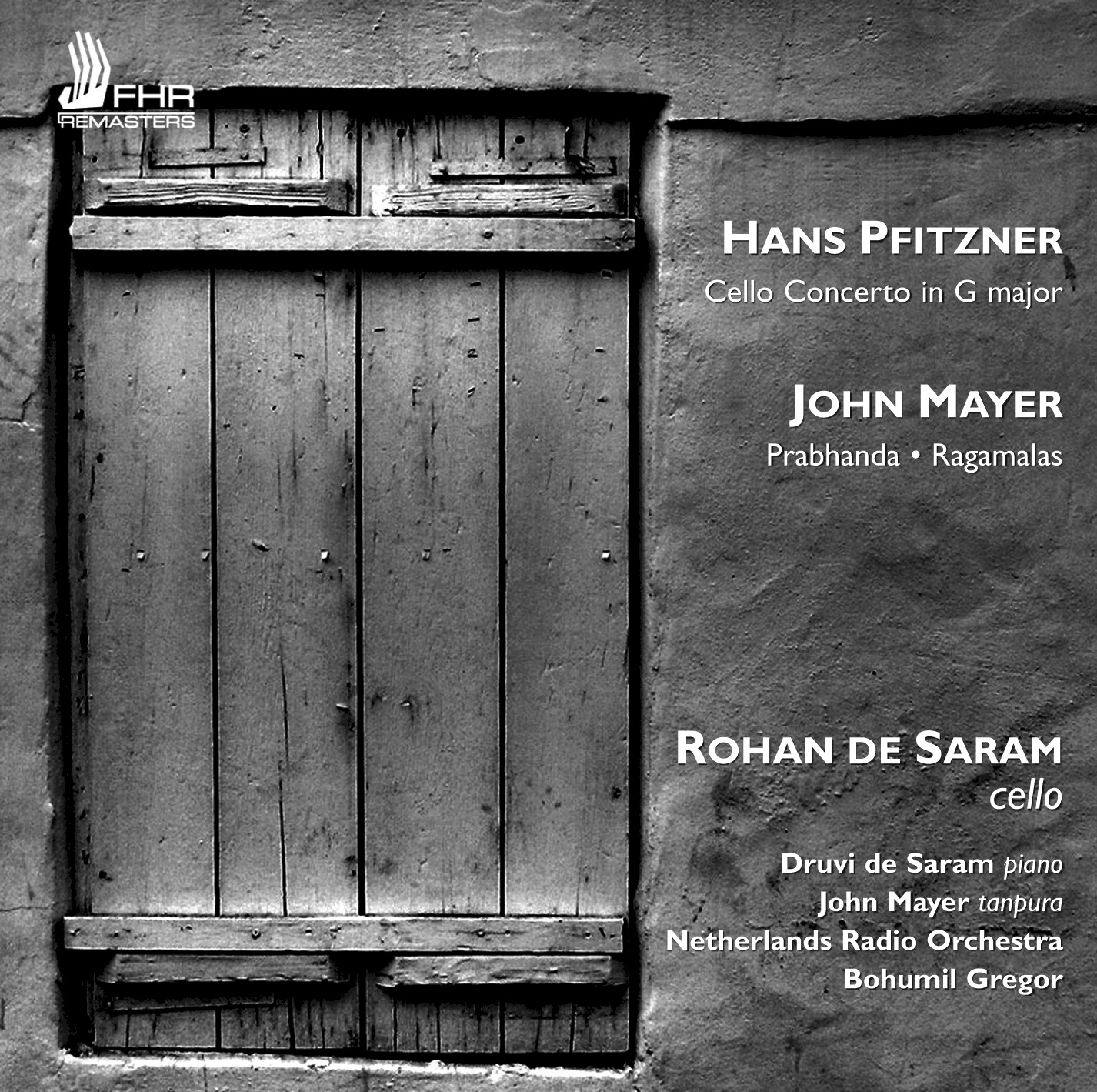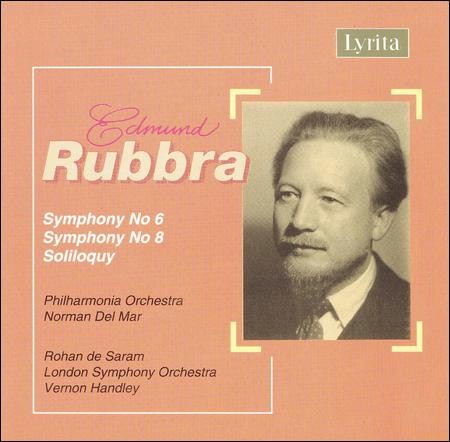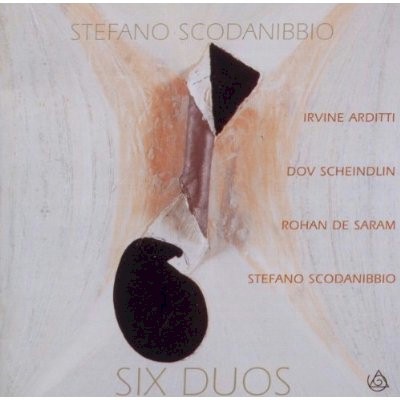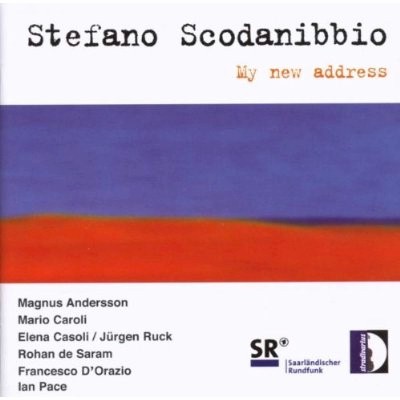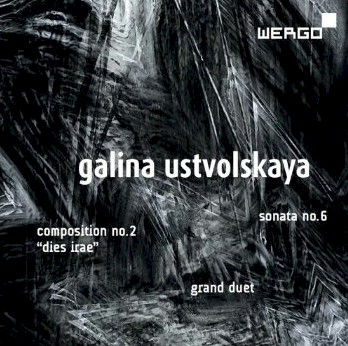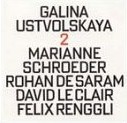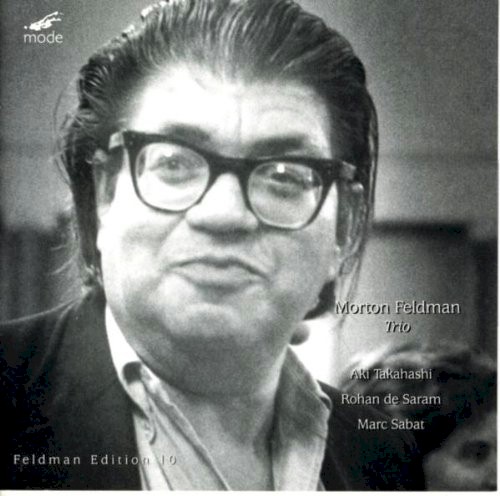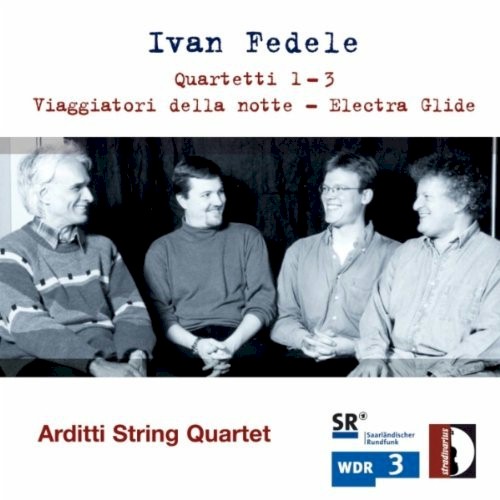| MODE recording of complete Berio Sequenzas: | "[de Saram's] long awaited recording of Berio’s Sequenza XIV is at last available. It's marvellous ... a milestone in the repertoire.
" ... I heard de Saram play Sequenza XIV in 2002, very shortly after it was written, and was overwhelmed. I’ve been waiting for this recording ever since!" | | Berio Sequenza: Conrad Wilson, The Herald, reviewing the concert in the Queen's Hall, Edinburgh, March 3, 2006 | | ... a solid-gold triumph. | | Berio Sequenza: David Murray, The Financial Times, London, April 19, 2004 | | Berio had an uncanny knack for recognising unique performers and imagining new things they might never have thought of doing.
For Sequenza XIV he got the Arditti's Rohan de Saram, born in old "Ceylon", to explain Sri Lankan drum-rhythms to him. The result combines warm, singing lines with sections where the cellist sets his bow aside to stab out notes on his strings with the fingers of his left hand (de Saram's are very strong and sure) while his right hand strums rhythms on the wooden belly of his instrument.
It's a complex and substantial piece but also, as usual, freshly seductive and probably inimitable. De Saram, a great cellist but absurdly modest, would admit to being very pleased. (…) | | Berio Sequenza: Tom Service, The Guardian,Tuesday April 20, 2004 | | Cellist Rohan de Saram began his UK premiere of Luciano Berio's Sequenza XIV for solo cello by turning this most lyrical instrument into an ensemble of percussion sounds: his left hand made resonant twangs by striking the strings, his right beat the cello's body. It was as if it had been transformed into a delicate and otherworldly drum kit.
This 14th Sequenza was the last of Berio's series for solo instruments, which expanded the repertoire and the identity of every instrument from the trombone to the accordion. The cello piece was written in 2002, a year before Berio's death, for de Saram himself. The mesmerising, rhythmic sounds, inspired by Sri Lankan drums, were a constant refrain throughout the work.
However, as with every other sequenza, the cello piece does not just introduce new techniques and sounds, it transforms more familiar gestures: phrases of achingly lyrical music, dreams of romantic warmth and intimacy complemented the energy of the percussive sections. De Saram's performance characterised every element with virtuosic precision, and held them in a subtle balance. | | Berio Sequenza: Alan Rich, LA Weekly, Feb. 21-27, 2003 | | I MAY BE STRETCHING A point, but hear me out: Luciano Berio's Sequenza XIV, which had its U.S. premiere during the Arditti Quartet's recent concert at LACMA, is another work as purely Italian as Rossini's comedy, and in many of the same ways. The Sequenze are among my favorite works, so you've probably heard this all before: More than merely showoff pieces for various solo instruments (including the voice of Berio's former wife, Cathy Berberian), they are a series of dialogues within each instrument, each of them a way of regarding the world around it and finding its specific place. The new Sequenza is for solo cello; it was wondrously performed by the Arditti's Rohan de Saram. It is an extended conversation - 12 or so minutes, if memory serves - by the cello with itself, a melodic gambit played by the bow on strings, an answering phrase by the cello being knocked upon. The conversants touch on many things; by the end we know we've been reached by some beautiful, very mysterious wisdom. | | Berio Sequenza: MaerzMusik Berlin on the concert of March 23, 2006 | | "dem legendären früheren Cellisten des Arditti-Quartetts. "
Gerhard Rohde, NMZ, 2002/6
Vergleichsweise übersichtlich, wenn auch keinesfalls strukturell einfach, stellt sich das Monologisieren bei Luciano Berio oder Beat Furrer dar. Mit der „Sequenza XIV (Dual)” für Violoncello fügt Berio seiner Solo-Serie, an der er seit 1957 arbeitet, ein weiteres Stück hinzu. Auch in „Sequenza XIV” werden in den harmonischen und melodischen Verläufen spezifische Eigentümlichkeit des Instruments, hier des Cellos, „erkundet”, wobei die technische Brillanz des Solisten Rohan de Saram (vom Arditti-Quartett) vom Komponisten als konstituierendes Element in die Komposition einbezogen wird. Es handelt sich in gewisser Weise also um einen „Doppel-Monolog”, einen des Komponisten und einen des Interpreten, der im Augenblick der Darstellung zu einer Einheit verschmilzt. | | Berio Sequenza: Sebastian Hanusa, Online music magazine, April 28, 2002 | | Ein anderer Altmeister - Luciano Berio - war mit der Uraufführung seiner Sequenza XIV für Cello solo vertreten. Das vom überragenden Rohan de Saram gespielte Werk überzeugte mit vornehmer Kantabilität und einer klaren Formulierung und setzt hiermit die große Reihe berioscher Solowerke fort. |
|
|
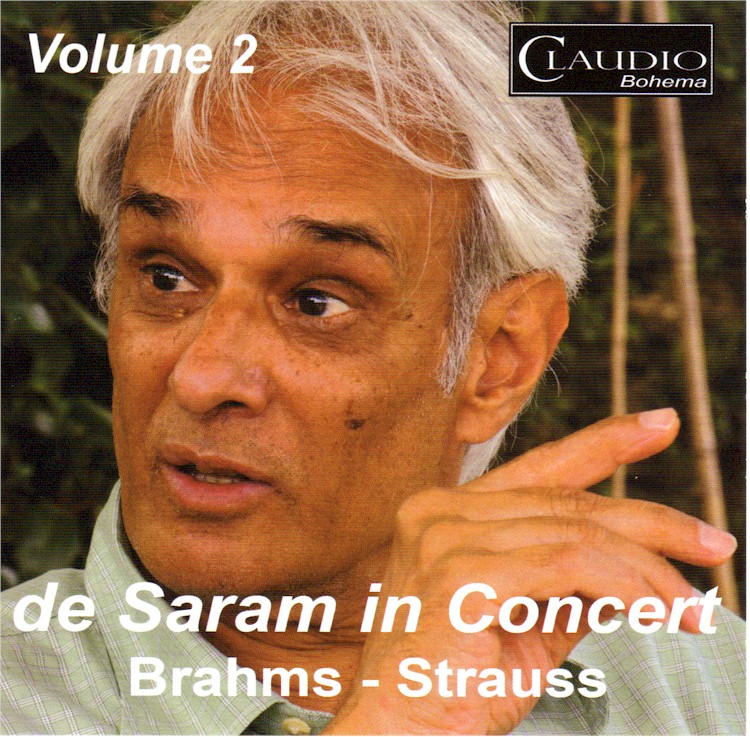
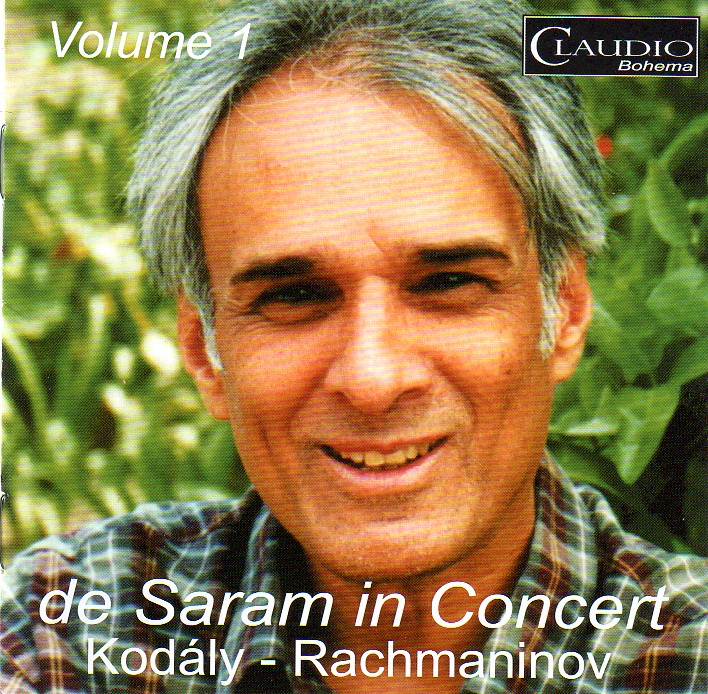
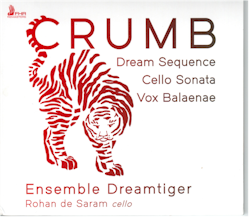
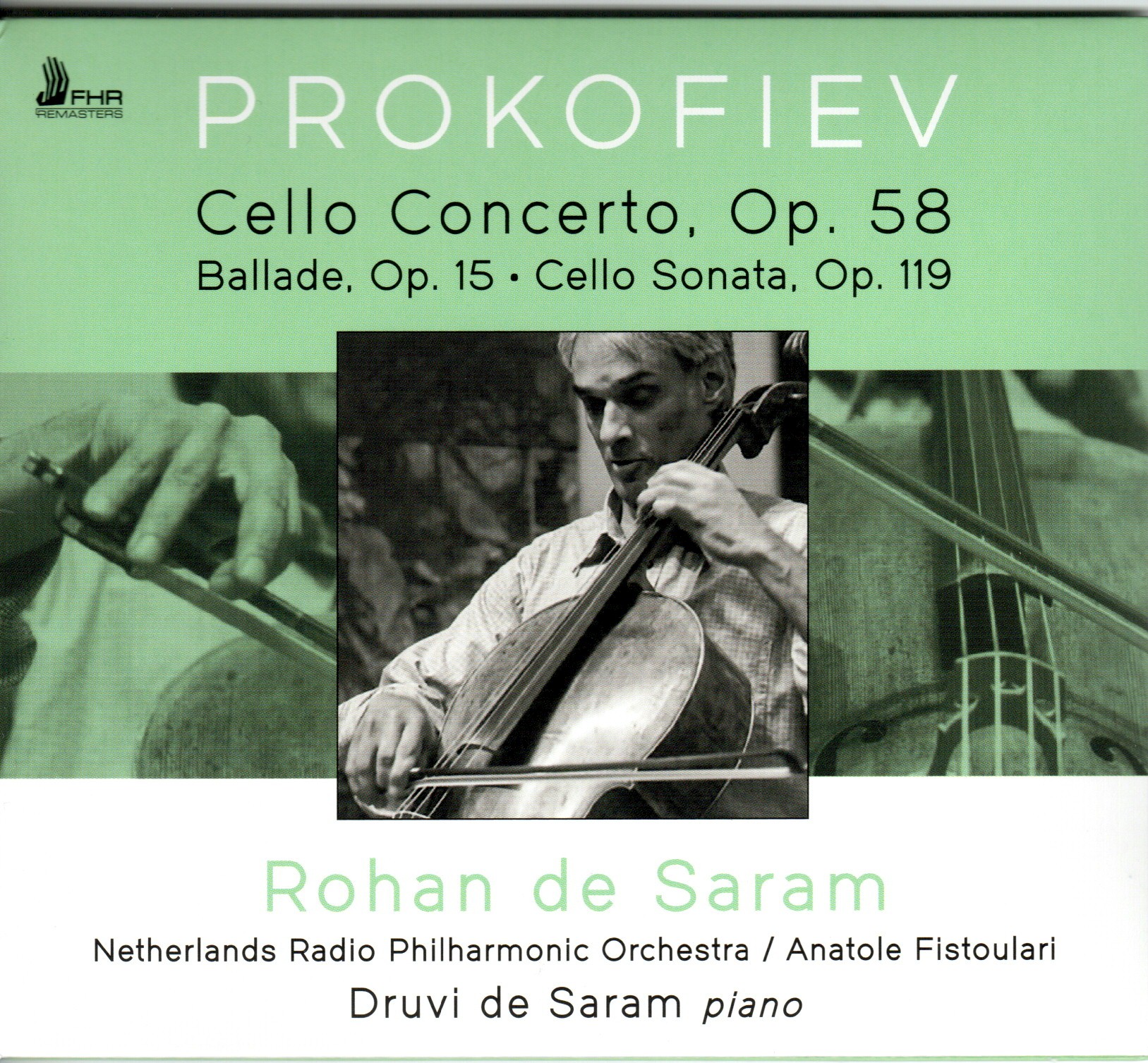

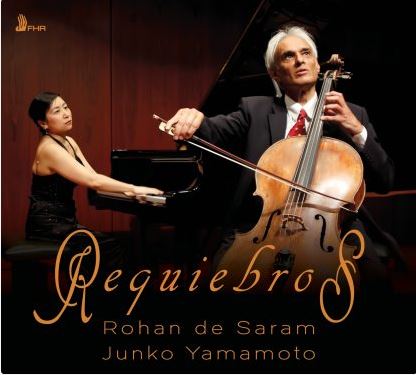
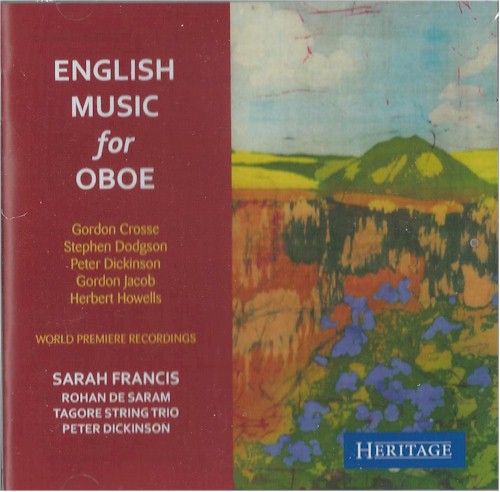
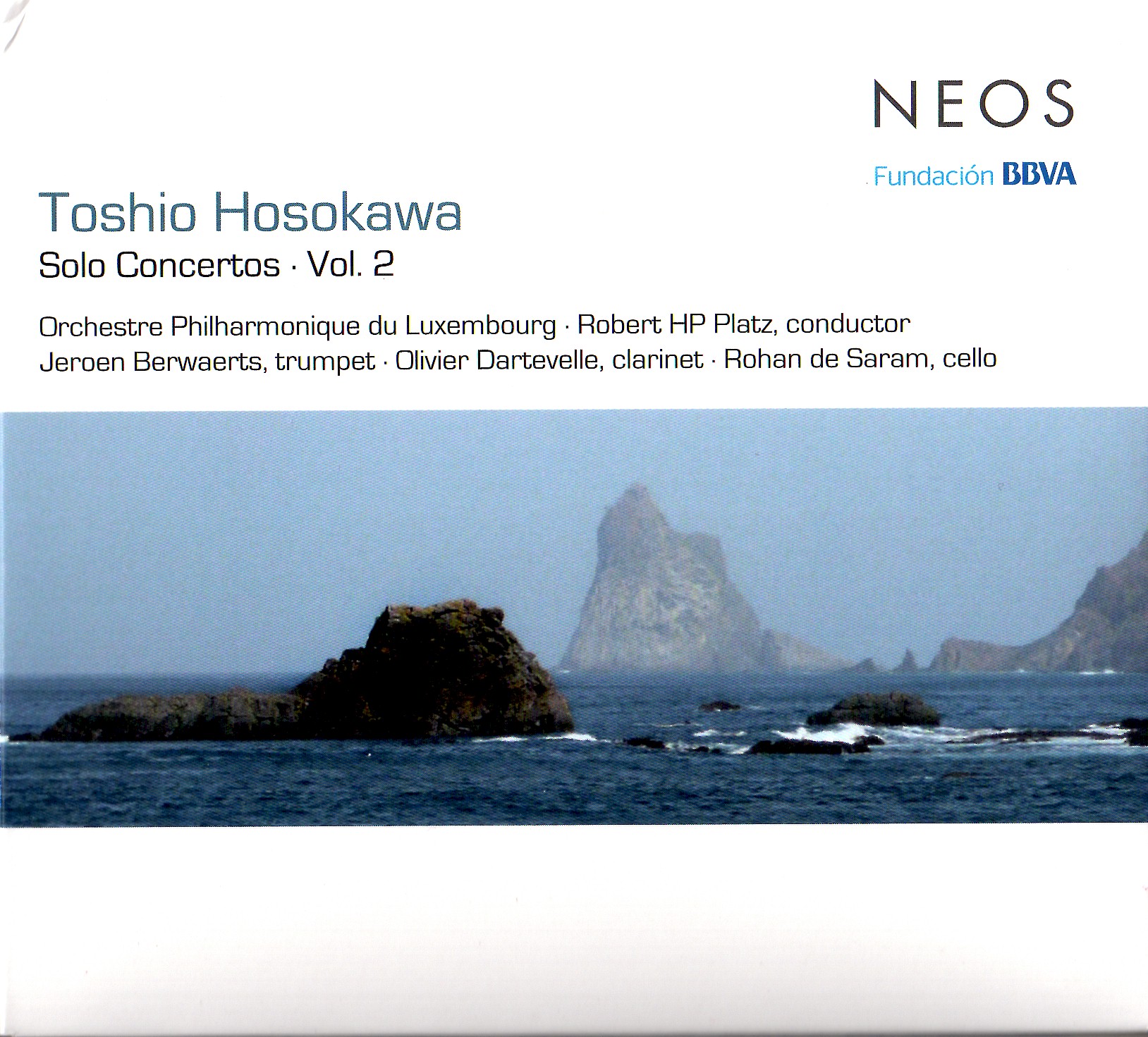
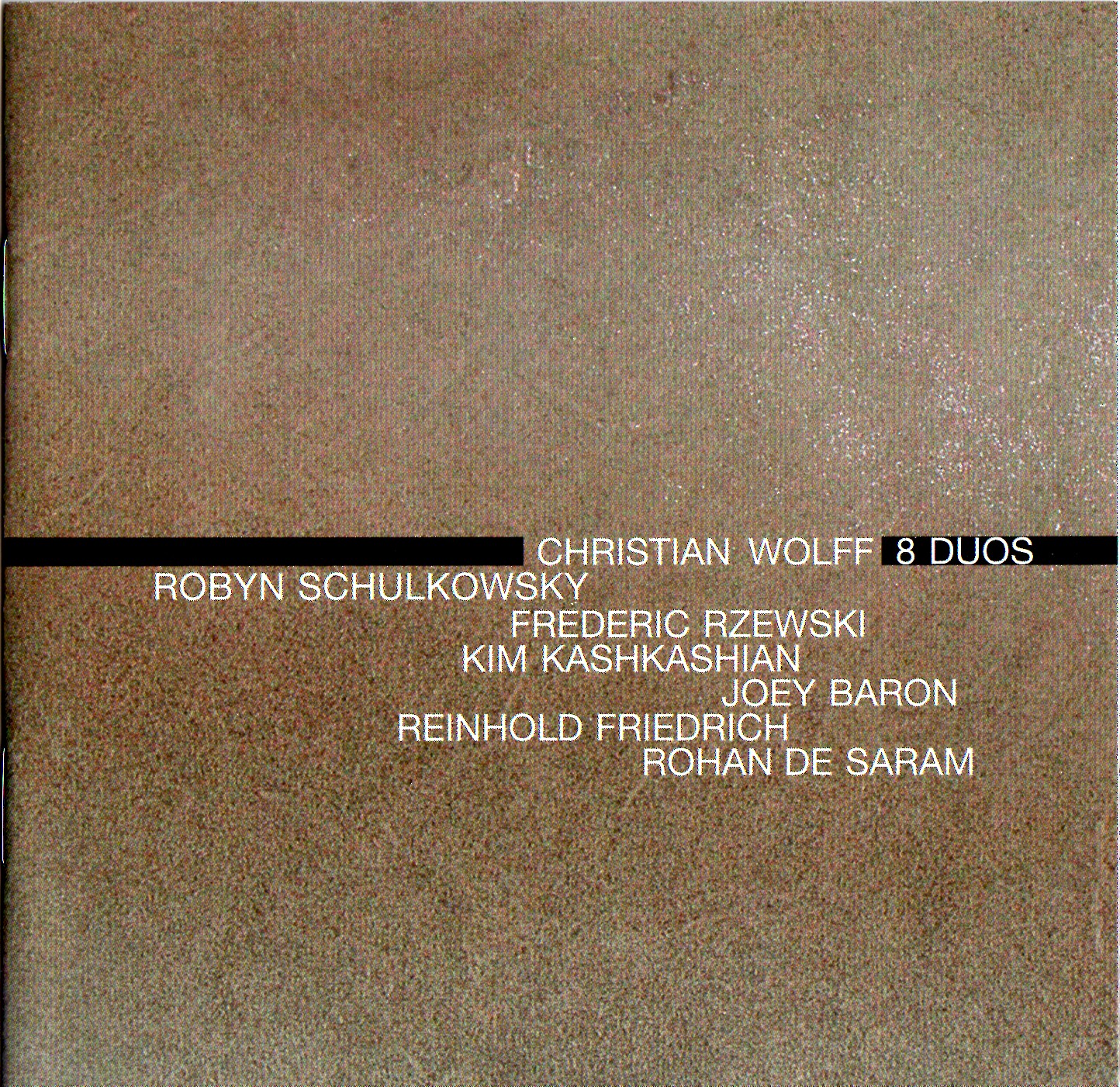
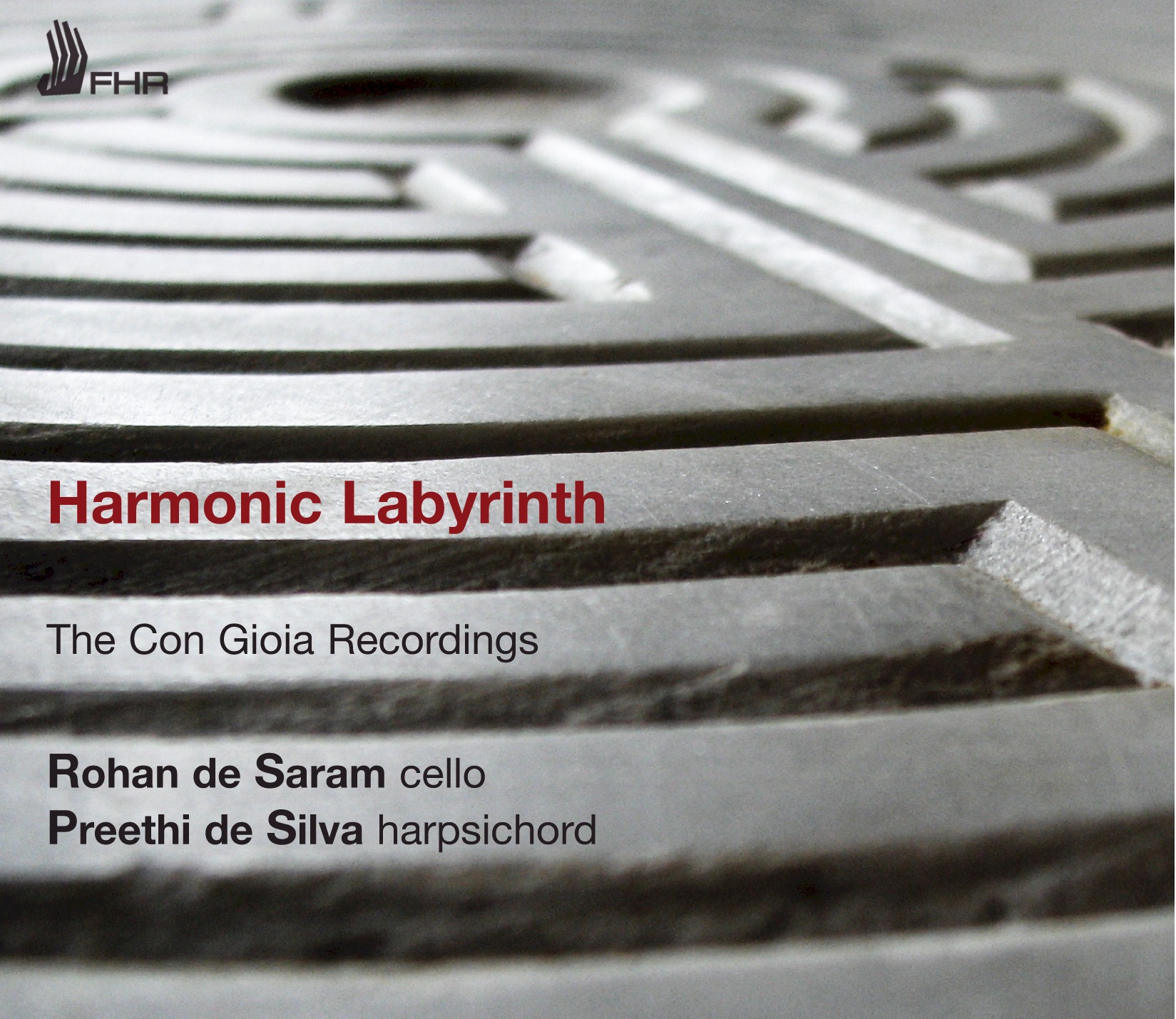
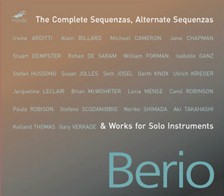
.jpg)
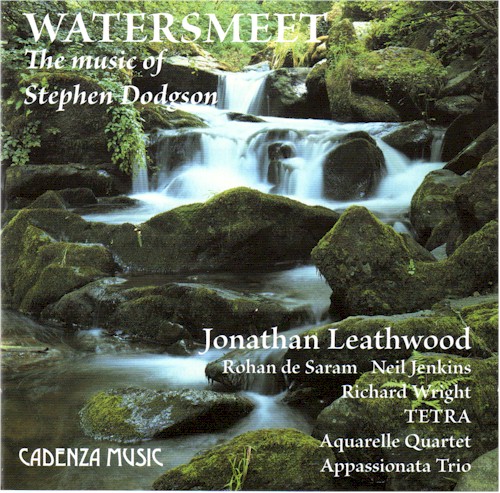
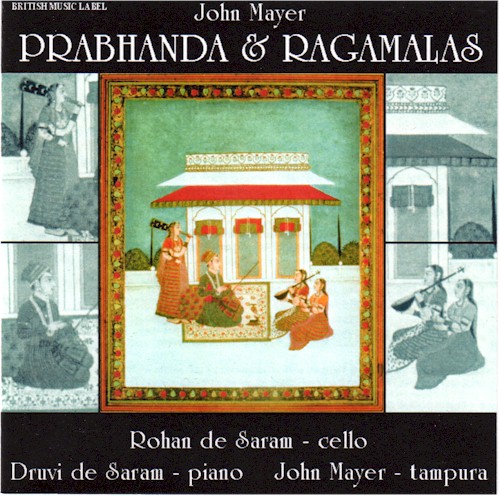
.jpg)
